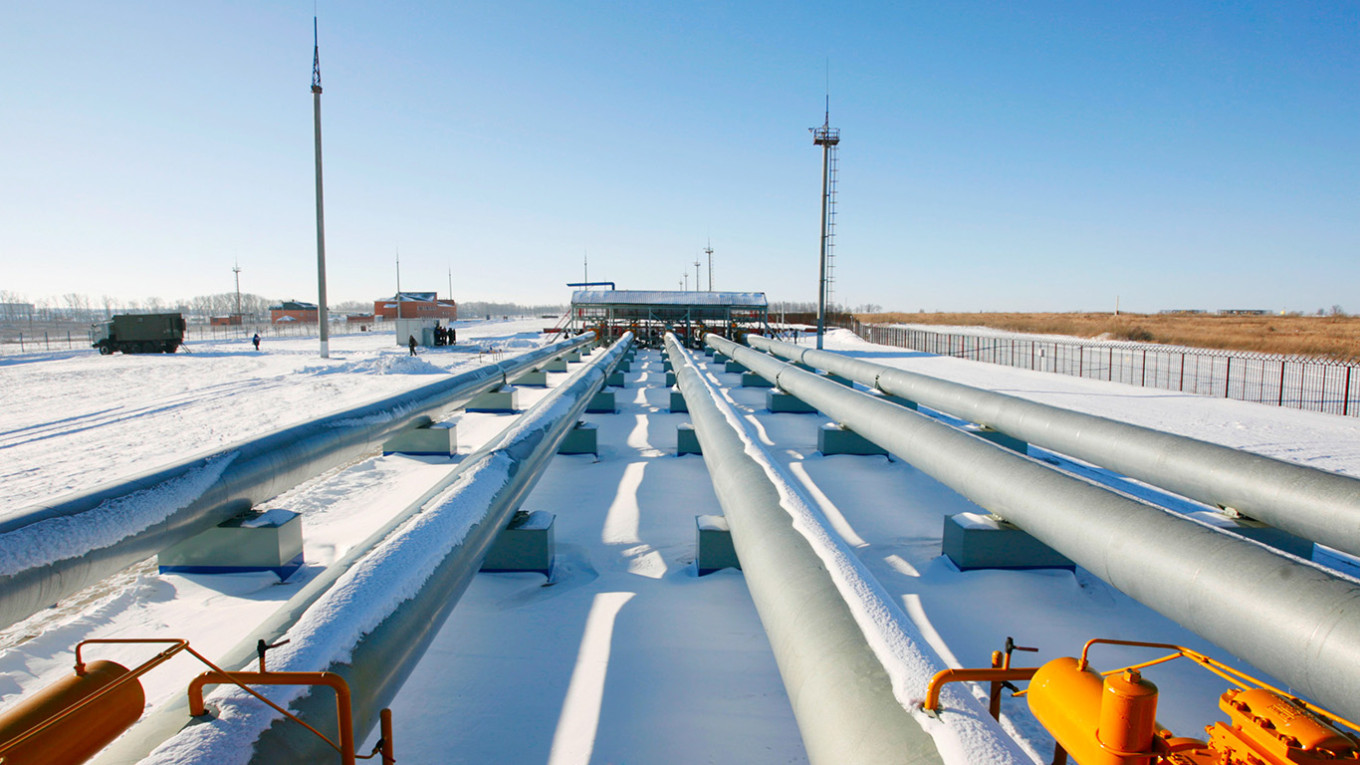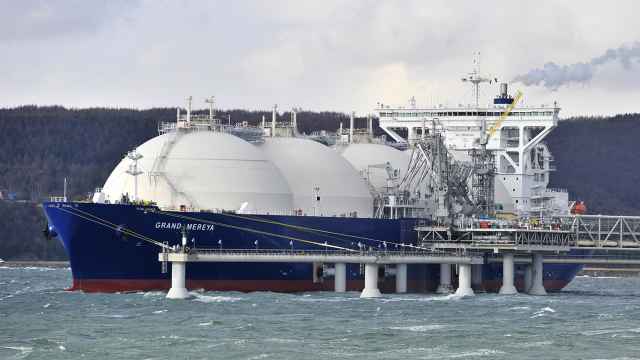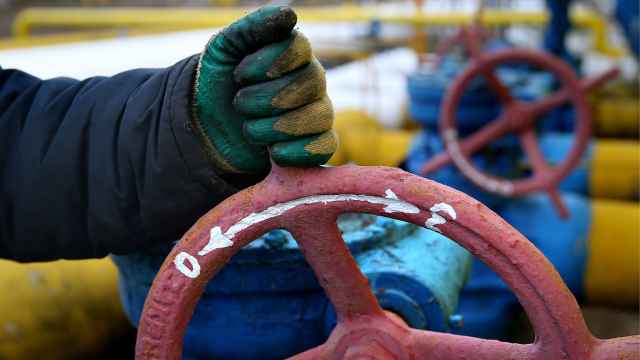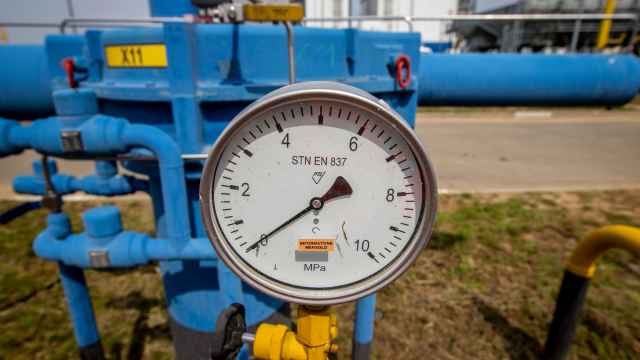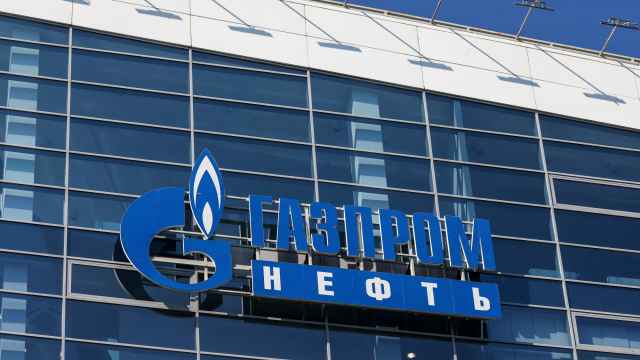The Ukrainian government has reiterated it will not renew its gas transit agreement with Russia when it expires in January 2025. The European Union is also preparing for life with even less Russian gas as it seeks to phase out Moscow's supplies.
If this gas route is lost, it may intensify Europe's battle with Asia for liquefied natural gas (LNG) supplies and create new headaches for cash-strapped Gazprom.
What is the Ukraine transit system?
The Ukraine transit line is used by Russia to send about 50% of all its pipeline gas exports to Europe, including Turkey, and about 10% of Moscow's total gas exports.
The gas pipeline starts at Russia’s Urengoy gas field before entering Ukraine via the Sudzha gas metering station in the Kursk region. The gas enters the EU in Slovakia before branching off to Austria and Hungary.
Gas supplied through Sudzha also feeds Transnistria, a pro-Russian, semi-autonomous breakaway region of Moldova, which imported about 2 billion cubic meters of Russian gas in 2023.
The Ukraine transit pipeline is one of two remaining gas pipeline connections linking Russia to Europe, the other being through Turkey.
Two other routes — the Yamal and Nord Stream pipelines — were shut down in late 2021 and autumn 2022 respectively.
The Ukraine transit pipeline has been plagued by problems since the start of Russia’s full-scale invasion of Ukraine and is not operating at full capacity.
Under the current agreement between Russia's Gazprom and Ukraine's Naftogas, Russia is to pump 40 billion cubic meters (bcm) of gas per year.
However, in May 2022 Kyiv halted transit through the Sohranovka gas metering station in the Russian-controlled part of Ukraine. As a result, the current transit volume is a fraction of that.
In 2023 Russia supplied just 14.6 bcm of gas through the Ukrainian transit pipeline.
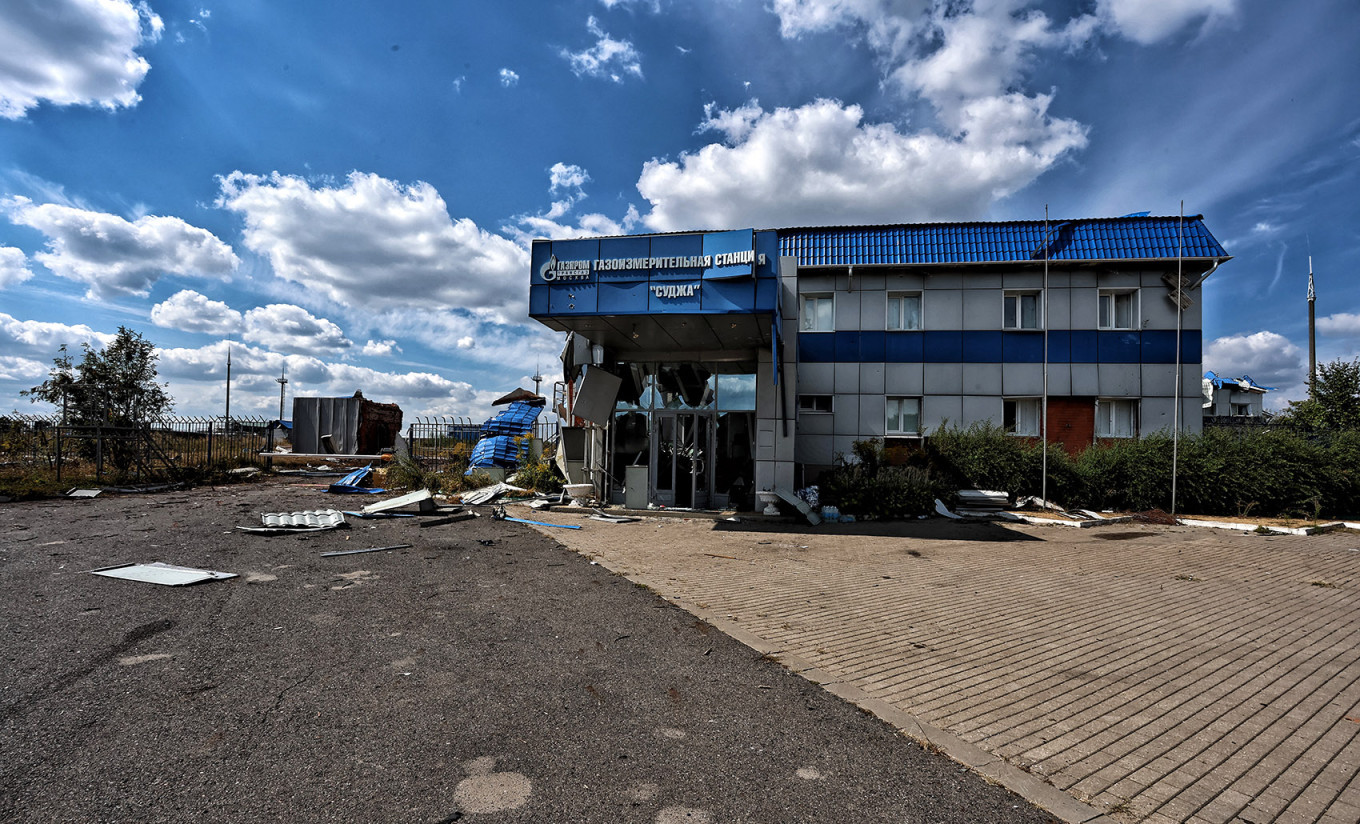
Who is the biggest loser from the Ukraine transit shutoff?
EU countries will suffer the largest direct losses from the end of the Russia-Ukraine transit agreement, analysts say.
The EU imported 45% of its gas from Russia in 2021. That was down to 15% in 2023.
However, Hungary, Austria and Slovakia still receive most of their gas from Russia.
All three countries are landlocked with no direct access to LNG ports, having long relied on Russian supplies via the pipeline. All three are also bound to Russia by long-term contracts that stretch well beyond 2025.
Hungary, which relies on Russia for around 80% of its gas imports, may be better placed than its neighbors to cope with the disruption.
The country can continue to receive Russian supplies via Turkey after the closure of the Ukrainian transit, which was only used to import approximately 1 bcm of Russian gas to Hungary last year.
Budapest made a deal with Turkey in April to increase the supply of Turkish gas to the country.
Austria and Slovakia are the most exposed to the Ukrainian transit shutdown, Rystad Energy gas and LNG market analyst Christoph Halser told The Moscow Times.
He estimated that Austria imported 88% of its gas from Russia in January-July this year, up from 60% in 2023. Slovakia imported 69% of its gas from Russia in 2023.
Where else can the EU get its gas?
Given the pipeline bottlenecks, the easiest way for Europe to compensate for the potential loss of Russian gas would be to import additional LNG from the U.S. and other producers.
Halser estimates that an additional LNG demand of 7.2 bcm would be needed to replace the volumes lost due to the closure of the Ukrainian transit, which he says is feasible under certain conditions.
For example, Germany could receive LNG through the Mukran LNG project, which has two Floating Storage Regasification Units (FSRU) with a total annual capacity of 13.5 bcm, Halser noted.
He cited Europe's high storage levels — 93% full — and the fact that European LNG regasification terminals are operating at relatively low capacity, around 38%, as factors that will help Europe survive the Ukraine transit disruption.
“There is potential for LNG to grow while there are bottlenecks to get the gas to where it is needed most,” Halser said.
European buyers should be able to fill the Ukraine gap with LNG shipments, with high gas storage levels offsetting immediate supply loss, according to a Fitch Rating report.
For example, Austria has enough gas in storage to last a year without imports.
However, there is no denying that substituting Russian gas may be more expensive.
In May, Walter Boltz, former head of the Austrian energy regulator E-Control, estimated that prices would rise by up to 20% over a two-to-four-month period in the case of a sudden stoppage of the Ukrainian transit.
Analysts cite the situation in the Middle East, a major gas-producing region, and the intensity of competition with Asia for LNG as reasons affecting the price of gas for Europe.
What about Moldova?
It looks likely that Moldova’s Transnistria region will continue to receive Russian supplies after January 2025.
According to a May report by Bloomberg, Moldova and Ukraine reached an informal agreement to ensure gas flows to Transnistria through Turkey, Bulgaria, and Romania. That gas will still pass through Ukraine due to pipeline design.
The deal offers hope for the region, which is heavily dependent on cheap, Russian-subsidized gas, the cut-off of which could trigger a severe economic crisis.
The rest of Moldova switched from buying gas from Gazprom to European suppliers in 2023, albeit at a higher cost.
However, Moldova proper still gets most of its electricity from the power plant in Transnistria, the Moldavskaya GRES power plant, which is owned by a Russian company and fueled by Russian gas.
Breaking this link would require the integration of Moldova proper’s power grid with Romania, which is underway but will take time, analyst Halser said.
What does Ukraine gain from cutting transit?
Ukraine’s political goal is to end its economic ties with Russia as much as possible and to limit Russia's gas revenues.
Economically, however, Ukraine does not stand to gain out of the transit cutoff but its losses are smaller than those of EU states.
First, Ukraine loses its annual transit fees from Russia, which amounted to about $800 million in 2023.
Second, Ukraine's gas production and consumption sites are not always conveniently located, so “physical” Russian gas is sent to some areas of the country using the transit network, gas analyst Sergei Vakulenko noted. The gas is bought not directly from Gazprom but from European traders.
That’s not to say that Ukraine will suffer a shock from canceling the Russian transit.
The war has taken a toll on the country's energy consumption, which fell from 27 bcm in 2021 to 19.3 bcm in 2022, before rising slightly to 19.8 bcm in 2023. This allows Kyiv to meet most of its energy needs with domestically produced gas, with a small fraction imported from abroad.
However, Kyiv will need to modify its pipeline system and these problems may be exacerbated if and when the Ukrainian economy recovers and requires more energy.
What about Russia?
The loss of the Ukrainian transit may cost Gazprom 15% of its revenues, exacerbating its financial travails.
Russia seems to have come to terms with the loss of European markets for its pipeline gas. Instead, it wants to use more of its gas for domestic consumption, increase pipeline exports to Central Asia and China, and invest in LNG, which can be transported by tankers and is therefore less dependent on bottlenecks in onshore infrastructure.
However, these plans require additional infrastructure that will take years to build.
Accordingly, Gazprom would ideally like to keep the Ukrainian transit open as long as possible until the new pipeline links to China and Central Asia are built.
“Pipeline exports [from Russia] to China cannot compensate for revenues in Europe, with prices into China for 2024 expected to be around 20% below those for Europe, in addition to the decrease in export volume,” Halser noted.
Could all this be averted?
In theory, yes.
Both Russia and EU gas importers have publicly supported the continued transit of Russian gas through Ukraine, with negotiations reportedly underway with Azerbaijan to find possible solutions.
One scheme discussed by analysts could involve keeping the Ukrainian transit open through a so-called swap deal between Moscow and Baku.
In practice, this means that Azerbaijan would pay Ukraine's transit fees and deliver gas to Europe, but it would still be the physical Russian gas that goes through the Ukrainian pipeline system.
In return, Russia would receive money for selling similar volumes of Azerbaijani gas elsewhere, such as to Turkey or even to its domestic consumers.
But the deal is complicated.
Firstly, Russia may not be willing to sell Azerbaijani gas at much lower prices than it has been selling its own gas to Europe.
Secondly, Azerbaijan may not be physically able to export gas to match Russia's transit through Ukraine due to bottlenecks, according to a report by Columbia University's Center for Energy Policy.
Third, there are reputational risks for the EU and Ukraine, which have set a goal for themselves of ending reliance on Russian gas.
"Although such a deal could make sense for most sides, its likelihood is determined by the EU's willingness to take reputational risks, as some critics may claim that such a deal is tantamount to ‘relabeling’ Russian gas," Rystad Energy’s Halser said.
A Message from The Moscow Times:
Dear readers,
We are facing unprecedented challenges. Russia's Prosecutor General's Office has designated The Moscow Times as an "undesirable" organization, criminalizing our work and putting our staff at risk of prosecution. This follows our earlier unjust labeling as a "foreign agent."
These actions are direct attempts to silence independent journalism in Russia. The authorities claim our work "discredits the decisions of the Russian leadership." We see things differently: we strive to provide accurate, unbiased reporting on Russia.
We, the journalists of The Moscow Times, refuse to be silenced. But to continue our work, we need your help.
Your support, no matter how small, makes a world of difference. If you can, please support us monthly starting from just $2. It's quick to set up, and every contribution makes a significant impact.
By supporting The Moscow Times, you're defending open, independent journalism in the face of repression. Thank you for standing with us.
Remind me later.



